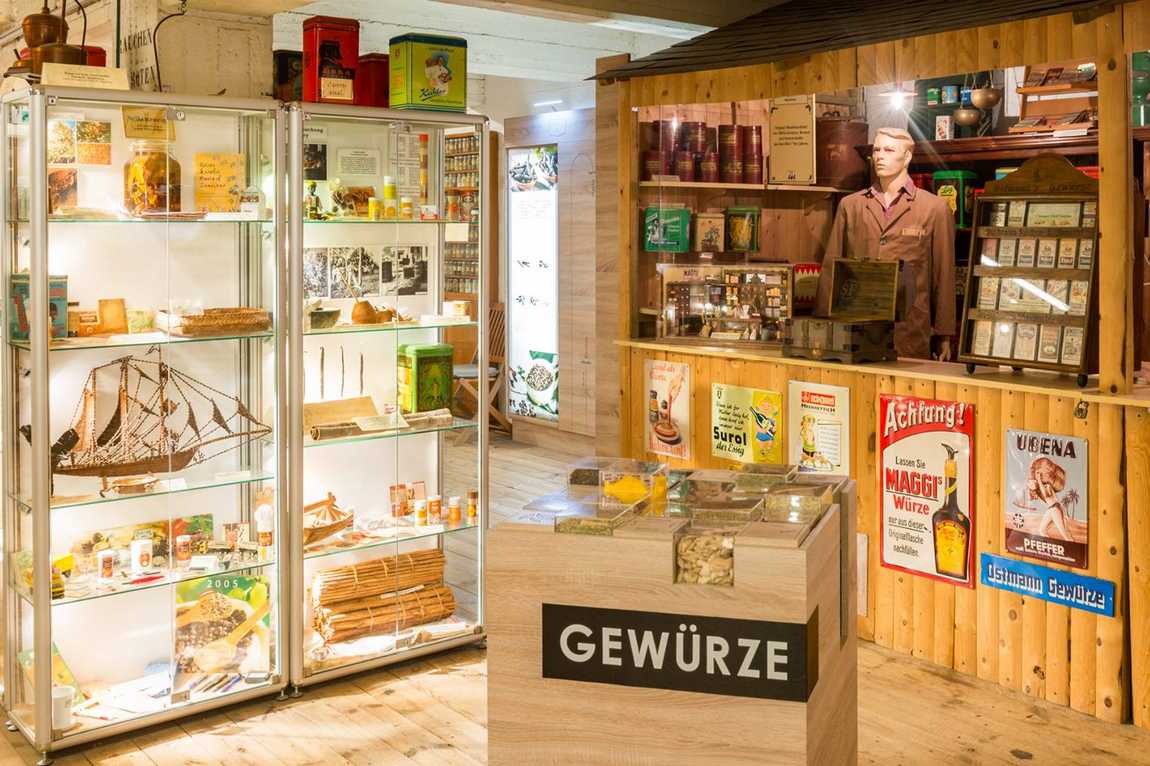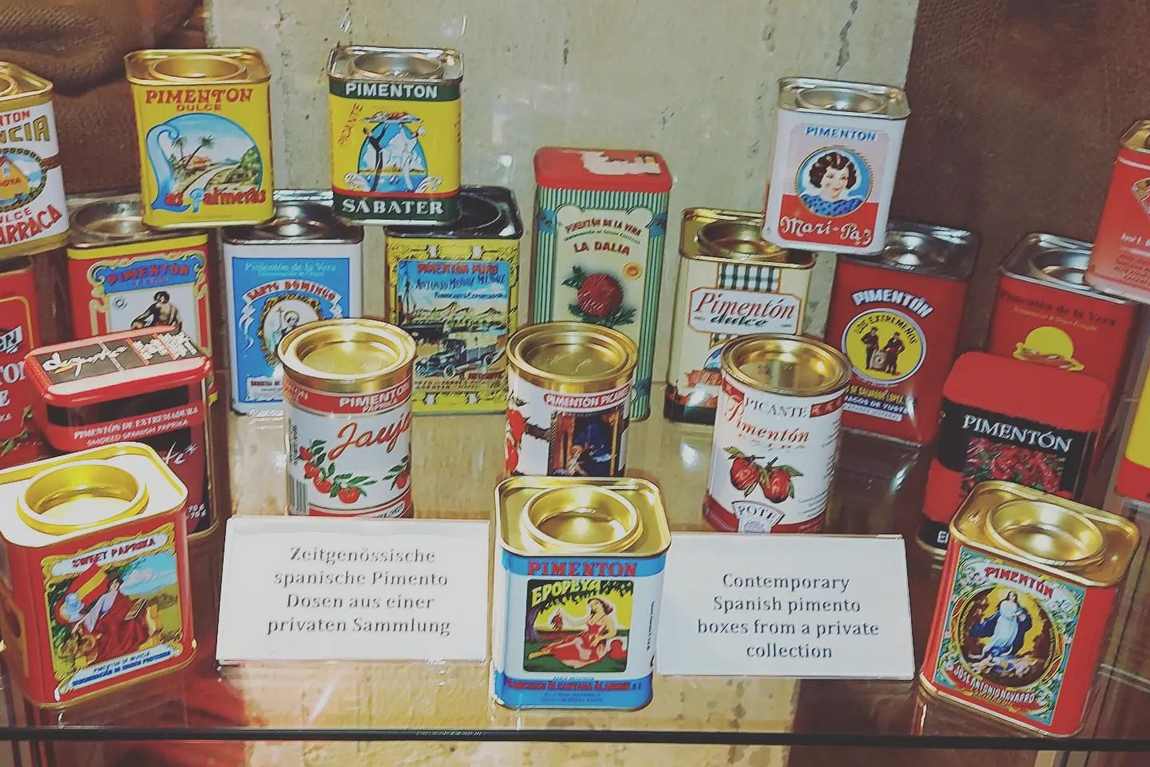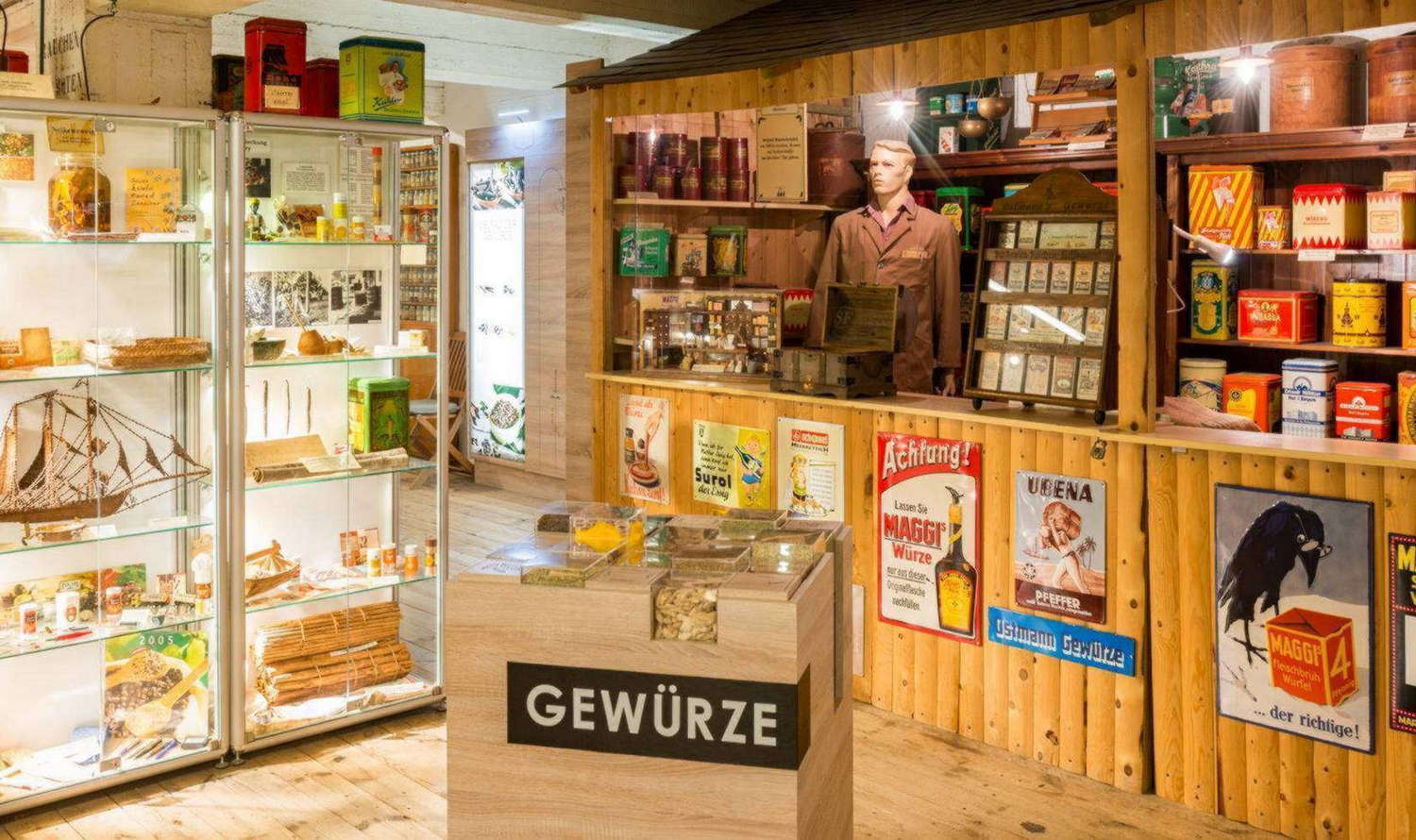Interactive museums, where you can touch and taste everything, are becoming increasingly popular. But even these are no match for the Spice Museum in Hamburg, where you can smell and even taste dried fruits. It's worth taking the kids along to see which nuts have shells as valuable as the kernel, and which cinnamon is similar to the bay leaf.
The museum is housed in Hamburg's harbour warehouses — not surprising, as many spices were brought to Europe from other countries by sea. The exhibition space is small, just 350 square metres, but the collection numbers more than 900 spices. Most attention is given to paprika — there are 50 varieties of this spice. The hot fruit has been eaten for thousands of years, and the Aztecs even had a chilli goddess.

Habanero is considered the hottest of the edible chillies, but there are other peppers with such high levels of 'capsaicin' that they can only be used to make tear gas. At the museum you can learn how peppers are grown, harvested and processed. They will also tell you the difference between chillies and black peppers: they are all too distantly related.
There are many other spices in the museum's collection, from the bay leaf found in every kitchen to expensive saffron and vanilla beans. There are also jars of the spices that make mum's baked goods smell so good: cinnamon, aniseed, cardamom and nutmeg.

Children will be interested to learn which parts of plants are used to add flavour to food. These include leaves, flowers, stems, fruits, seeds, rhizomes and even the bark, which cinnamon has in common. The museum also explains how people learned to process plants to obtain aromatic spices. There are ancient presses, crushers, mortars and containers for storing spices.
A map showing the location of many spice plants is also a very informative exhibit. From time to time, chefs and pastry cooks who are specialized in creating confectionery and other pastry-based items in the food visit the Spice Museum and give masterclasses on how to use spices in cooking. You can find out which dishes are best served with cloves, rosemary, badian, coriander and other aromatic herbs and fruits. The museum also has a shop where you can buy any of the many aromatic food additives.











